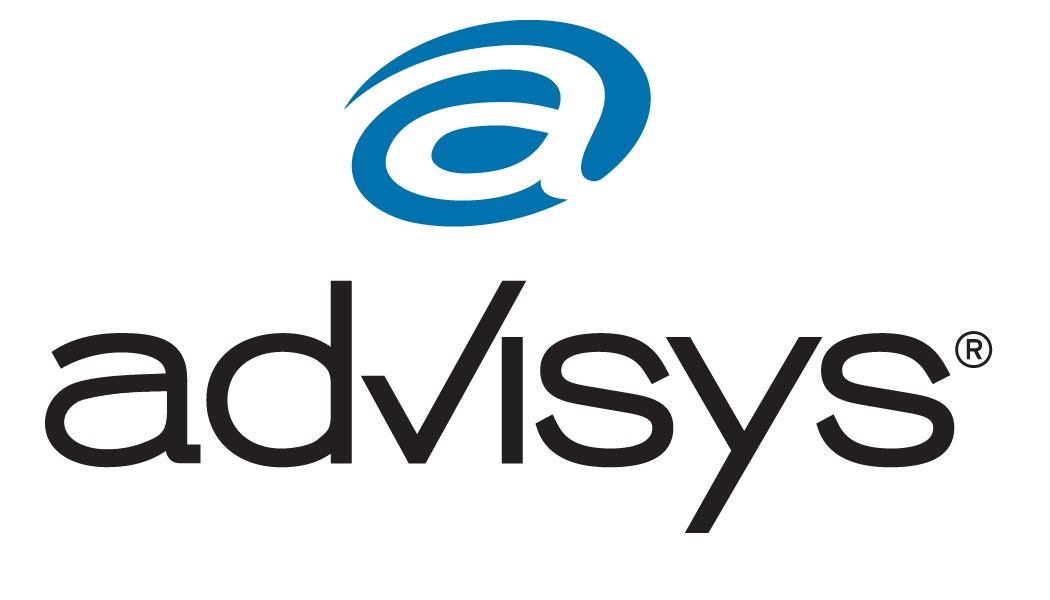Key employee coverage issues
Both the IRS and the courts have long recognized that the loss of a manager, scientist, salesperson or other key individual will almost always have a serious effect on the earning power and sometimes on the very stability of a business.
Although the principle applies in publicly held businesses, it is particularly true in a closely held corporation where profits are dependent on the ability, initiative, judgment or business connections of a single person or small group of owner/employees. The death or disability of a key person at the wrong time can have a dramatic impact in a smaller business.
There is no universally recognized and accepted formula for computing the economic effect of the loss of a key person. One method used in several court cases utilizes a discount approach in which a percentage discount is taken from the going concern value of the business.
Some authorities feel that if the business will survive the death of the key employee and, in time, a competent successor can be found, a discount factor of from 15% - 20% should be used. Where the business is likely to fail or be placed in serious jeopardy upon the death (or disability) of the key employee, a discount of from 20% - 45% is more appropriate. The exact discount factor should be arrived at through consultation with the officers of the company and the firm's accounting and legal advisers.
Some questions to ask in determining the factor (or range of factors) to be used include the following:
- How long will it take for a new person to reach the efficiency of the key individual?
- How much will it cost to locate and situate a replacement?
- Will the new employee demand more salary?
- How much will it cost to train the new person?
- What mistakes is a replacement likely to make during the break-in period and how much are those mistakes likely to cost the company?
- What proportion of the firm's current net profit is attributable to the key employee?
- Is the employee engaged in any projects that, if left unfinished at death or disability, would prove costly to the business? If so, how costly?
- Would a potentially profitable project have to be abandoned or would a productive department have to be closed?
- Would the employee's death result in the loss of clientele or personnel attracted to the business because of his or her personality, social contacts, unique skills, talents or managerial ability?
- What effect would the key employee's death have on the firm's credit standing?
- What proportion of the firm's actual loss is it willing to self-insure, if any?





